The Privette-Toland doctrine was created from a series of California Supreme Court cases protecting landowners and other hirers of independent contractors from lawsuits by employees of the independent contractor who sustain on the job injuries. The Privette-Toland doctrine is an important defense in premises liability/construction cases because, under the right circumstances, the doctrine may provide grounds for summary judgment. The following will discuss recent developments in the continuous evolution of case law in this area.
Background
The Privette-Toland doctrine evolved from a series of Supreme Court cases which essentially rejected the Peculiar-Risk exception to the general common law rule that the hirer of an independent contractor cannot be sued by an injured worker employed by a contractor engaged to perform inherently dangerous work. (Privette v. Sup. Ct. (Contreras) (1993) 5 Cal. 4th 689, 693 and Toland v. Sunland Housing Group, Inc. (1998) 18 Cal. 4th 253). The Supreme Court found that the hirer delegates the means and methods by which the work is to be performed to the contractor, including workplace safety. First, the policy states that the injured worker’s exclusive remedy is workers’ compensation provided by the contractor, and the cost of providing workers’ compensation insurance is built into the contract price. Another issue to consider regards the injured worker, whom should not get a windfall by suing the hirer of their employer in civil court, which allows for pain and suffering damages not available in workers’ compensation.
As the Privette-Toland doctrine evolved, two narrow exceptions were carved out. The first exception is referred to as the negligent exercise of retained control as set forth in Hooker v. Department of Transportation (2002) 27 Cal. 4th 198. In Hooker, the Supreme Court held a hirer could be held liable if it retained control over the job site and affirmatively contributed to the worker’s injury. The Court also suggested the hirer’s affirmative act could also be an omission.
The second exception deals with hazardous conditions on the hirer’s property. In Kinsman v. Unocal (2005) 37 Cal. 4th 659, the Supreme Court held a landowner/hirer could be held liable for an injury to a contractor’s employee in two situations. The first would be a known or open hazardous condition which cannot be mitigated by the contractor through the use of reasonable safety precautions. The second involves concealed hazards which are known to the owner/hirer and not disclosed to the contractor. But a third exception may be carved out following the most recent decisions.
California Supreme Court will address “hazardous conditions” in Gonzales v. Mathis
The California Supreme Court has agreed to hear Gonzalez v. Mathis (2018) 20 Cal.App.5th 257, an unfavorable Court of Appeal decision for the defense based on a questionable application of the hazardous condition exceptions discussed in Kinsman, supra.
The plaintiff was Luis Gonzalez, an independent contractor who operates a window cleaning business specializing in hard to reach windows. Mr. Gonzalez had been cleaning a skylight in the Los Angeles home of singer Johnny Mathis for twenty years. On the day in question, Mr. Gonzalez was asked by the housekeeper to investigate a leak in the skylight. Mr. Gonzalez climbed on top of the flat roof to talk to his workers. However, instead of traversing a three foot parapet wall, he chose instead to traverse a narrow ledge outside of it and lost his footing.
The trial court granted summary judgment in favor of Mr. Mathis. However, the Second District Court of Appeal overturned and found in favor of Mr. Gonzalez based on the hazardous condition exception set forth in Kinsman regarding known or open conditions which the contractor cannot avoid through reasonable safety measures. In a footnote, the Court of Appeal acknowledged the rule appropriated from Kinsman was technically dicta because Kinsman involved asbestos not known open hazards. (Gonzalez, supra, fn1).
The key to the Mathis decision was what the Court believed was an absence of evidence of a safer alternative. The Court found unpersuasive, video evidence of other workers traversing the parapet wall filmed after the accident. The Court of Appeal reasoned if the hazardous condition cannot be avoided by the contractor through reasonable safety measures then the converse must be true, the owner/hirer, must be liable. Whether this is the result the Supreme Court intended, considering its longstanding policy of limiting owner/hirer liability, will be the issue addressed by the Supreme Court this year.
The Effect of Johnson v. Rayethon, Corp.
Following the Court of Appeal decision in Gonzalez v. Mathis, in March, 2019, the Second District Court of Appeal decided Johnson v. Rayethon (2019) 33 Cal. App. 5th 617, which addresses the negligent exercise of retained control and hazardous condition exceptions to the Privette-Toland Doctrine.
Plaintiff Lawrence Johnson was an independent contractor working for ABM Facilities Services, Inc., who provided control room maintenance engineering staff for Rayethon’s plant. At the time of the accident, Rayethon had hired a mechanical contractor XT Systems to remove and replace water cooling towers. Mr. Lawrence was injured when he fell off an unsafe partial extension ladder left by one of XT Systems’ subcontractors while investigating a low water level alarm. On previous occasions, there had been a different platform ladder owned by Rayethon which was left on the cooling tower wall.
First, the Court addressed the issue of the negligent exercise of retained control under Hooker, supra. On appeal, Mr. Johnson argued Rayethon affirmatively contributed to his accident by omission, namely not providing the usual ladder which was left on the tower wall. The Court did not agree because there was evidence Rayethon provided other safer ladders which Mr. Johnson conceded were located in the same building where he worked.
Next, the Court analyzed the facts based on the hazardous condition exception in Kinsman, supra. Even assuming the ladder in question was a concealed hazard, the Court found the exception for concealed hazardous conditions did not apply because Rayethon did not know about the ladder left by XT. Assuming, on the other hand, the subject ladder is considered an open hazard, the Court reasoned there was ample evidence of the availability of safer “A frame” ladder, and therefore, the open hazards exception did not apply.
Comparatively then, the real difference between the appellate level holdings in Gonzalez and Johnson comes down to evidence of safer alternatives and perhaps the quality of defense counsel. In Johnson, the plaintiff conceded he was aware of the existence of safer ladders. In Gonzalez, the defense offered a subsequent video showing other workers traversing the parapet wall, which was not sufficient to demonstrate the condition at the time of the accident.
Takeaway
The Supreme Court’s review of Gonzalez v. Mathis will address the issue of whether an injured contractor can sue the owner/hirer when there is a known hazard which a contractor is essentially forced to encounter because it cannot be avoided through reasonably safety precautions. The facts in the Gonzalez case would suggest there was a safer way to access the roof, Mr. Gonzalez had been cleaning the subject skylight for twenty years. Therefore, it is expected the Supreme Court granted review to overturn the Court of Appeals and address any loopholes in the Kinsman decision.
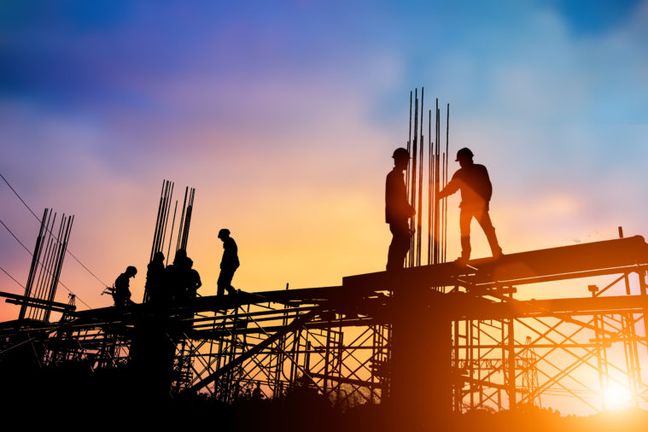
 Author: David Kahn
Author: David Kahn
 Cannabis Workers Allege Quota to Trim 4 Pounds a Day Violates the California Labor Code
Cannabis Workers Allege Quota to Trim 4 Pounds a Day Violates the California Labor Code
 The Ninth Circuit Reminds Us: Every Word Matters
The Ninth Circuit Reminds Us: Every Word Matters
 NO WAY, PRO SE! The Consequences of Abusing the Judicial System as a Pro Se Litigant in Colorado
NO WAY, PRO SE! The Consequences of Abusing the Judicial System as a Pro Se Litigant in Colorado
 Victim of Financial Mismanagement or Unlawful Retaliation? New Jersey City University Program Founder Claims School Retaliated After Reporting Alleged Sexual Harassment
Victim of Financial Mismanagement or Unlawful Retaliation? New Jersey City University Program Founder Claims School Retaliated After Reporting Alleged Sexual Harassment
 “Real Housewives” Gets a Reality Check
“Real Housewives” Gets a Reality Check
 Missing a Chapter: Insufficiency of Expert Deposition Testimony in Medical Malpractice Litigation
Missing a Chapter: Insufficiency of Expert Deposition Testimony in Medical Malpractice Litigation
 Crash Course: Why Summary Judgment Misses the Mark in Illinois Multi-Cause Limousine Crash Collision
Crash Course: Why Summary Judgment Misses the Mark in Illinois Multi-Cause Limousine Crash Collision
 Bitter Truths: Lead, Cadmium, and Defective Pleadings in California Chocolate Class Action
Bitter Truths: Lead, Cadmium, and Defective Pleadings in California Chocolate Class Action
 The Law of Unintended Consequences: Including Insurance Brokers in Litigation Strategy Communication May Waive the Attorney-Client Privilege
The Law of Unintended Consequences: Including Insurance Brokers in Litigation Strategy Communication May Waive the Attorney-Client Privilege
 Supreme Court May Need to Review Covid-19 Loss Coverage in California
Supreme Court May Need to Review Covid-19 Loss Coverage in California
 Howell v. Hamilton Meats & Provisions Continues to Deliver Justice for California
Howell v. Hamilton Meats & Provisions Continues to Deliver Justice for California
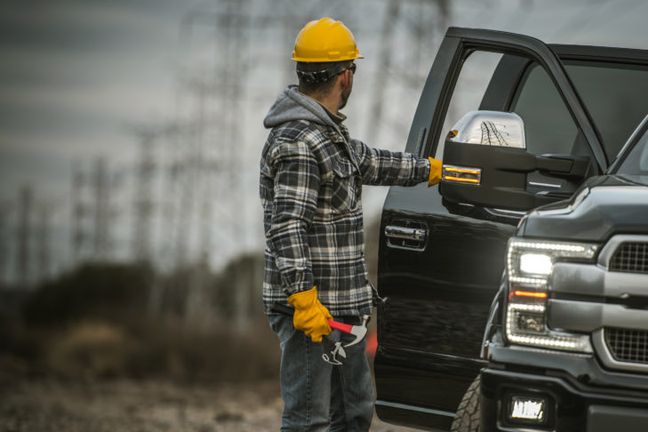 “Take-Home” COVID-19 Cases to Go to California Supreme Court
“Take-Home” COVID-19 Cases to Go to California Supreme Court
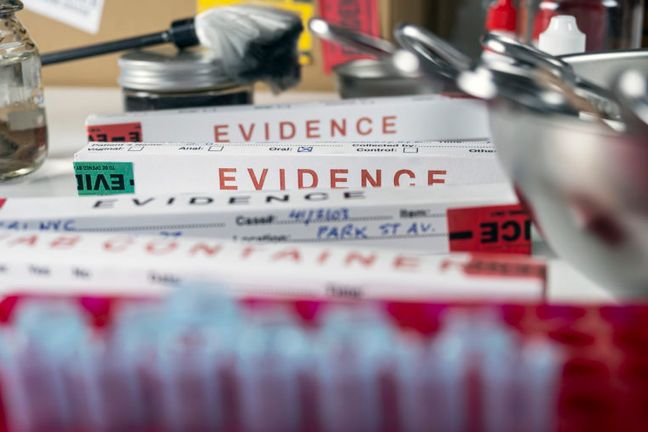 Police Reports Are Often Inadmissible – But Not Always…
Police Reports Are Often Inadmissible – But Not Always…
 California Supreme Court Holds Dynamex ABC Test Applies Retroactively
California Supreme Court Holds Dynamex ABC Test Applies Retroactively
 Medi-Cal Liens Not Preempted by Federal Medicaid Anti-Lien Statute
Medi-Cal Liens Not Preempted by Federal Medicaid Anti-Lien Statute
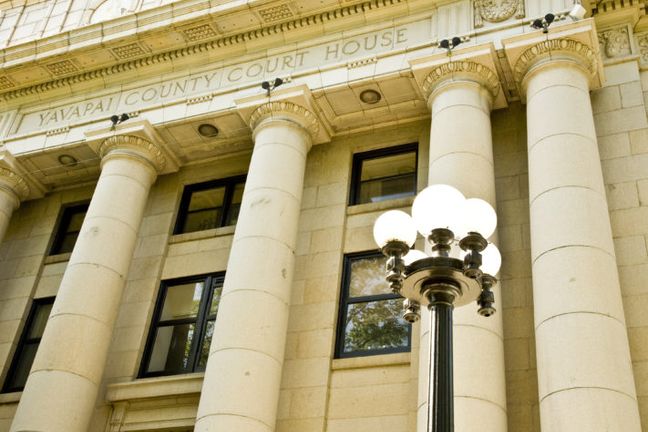 Is In-House Counsel’s Legal Advice Privileged in California if Shared with Non-Lawyers?
Is In-House Counsel’s Legal Advice Privileged in California if Shared with Non-Lawyers?
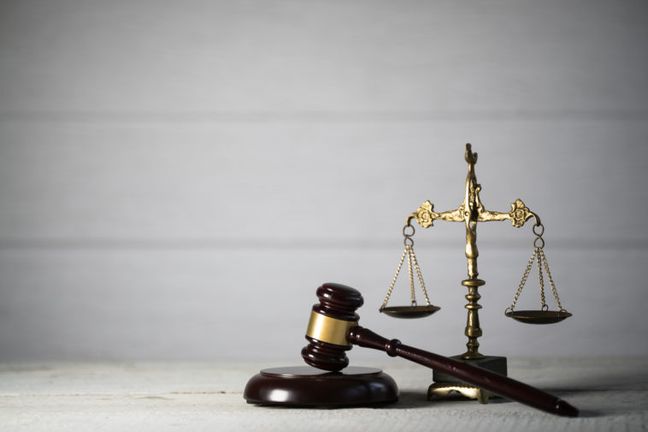 Reasonable Minds May Differ When it Comes to Interpretation of Philadelphia’s Insurance Policy Exclusions
Reasonable Minds May Differ When it Comes to Interpretation of Philadelphia’s Insurance Policy Exclusions
 Update: California District Court Upholds Previous Dismissal of Wife’s COVID-19 Civil Suit
Update: California District Court Upholds Previous Dismissal of Wife’s COVID-19 Civil Suit